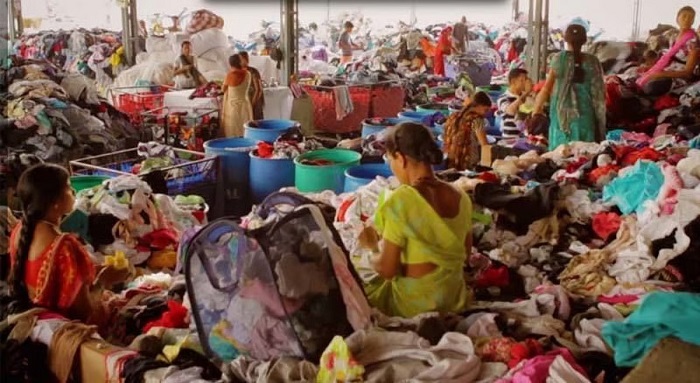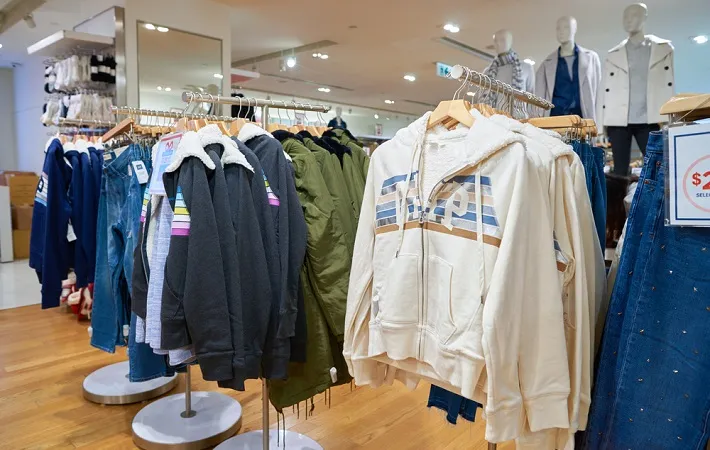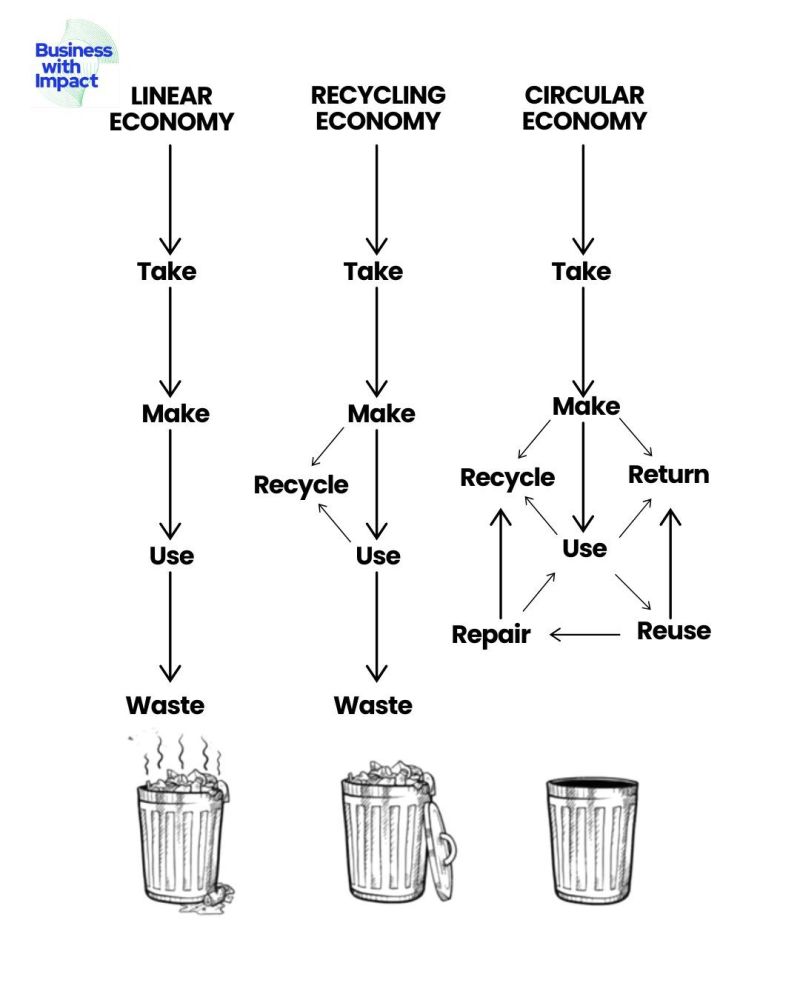"The Indian subcontinent is moving towards automation as it reduces the overhead cost per unit of garment. People are investing in garment production need to be aware of these processes rather than just demanding results. “This is irrespective of where they are located, Vietnam or Bangladesh or India as the shipment time from all these places is more or less the same,” says Ramaswamy, Regional Manager, Veit Group."
 The Indian subcontinent is moving towards automation as it reduces the overhead cost per unit of garment. People are investing in garment production need to be aware of these processes rather than just demanding results. “This is irrespective of where they are located, Vietnam or Bangladesh or India as the shipment time from all these places is more or less the same,” says Ramaswamy, Regional Manager, Veit Group.
The Indian subcontinent is moving towards automation as it reduces the overhead cost per unit of garment. People are investing in garment production need to be aware of these processes rather than just demanding results. “This is irrespective of where they are located, Vietnam or Bangladesh or India as the shipment time from all these places is more or less the same,” says Ramaswamy, Regional Manager, Veit Group.
Demand for better garments increases
Buyers are demanding better garments at cheaper rates. This is encouraging the industry to become organised and procure efficient products at the earliest. “To achieve this, people are looking at countries like Ethiopia, Kenya or other African options or South America,” adds Ramaswamy.
Proximity to a huge market is thriving the growth of the South American market. Most of the trade is shifting closer to the areas of consumption. For instance, Eastern Europe is moving closer to its consumption area.
Automation leads to efficiency
Implementing 4.0 is likely to take some time as we need to employ robots in our factories. The atmosphere has to be dust free, at this or that temperature. “Very few people realise the importance of customisation. Also, they are not willing to pay the higher price for customised garments. Automation helps these small production units to offer customised garments at lower prices,” states Ramaswamy.
The next year is expected to be difficult for garment companies as people are more inclined to spend on accessories than garments. “People are no longer buying garments as they are willing to repeat clothes for various occasions,” he adds.
As a huge amount of garment stock has accumulated in Europe and other parts of the world, prices are declining and profits are eroding. “Hence, online business helps consumers focus on the value rather than the price of these garments,” adds Ramaswamy further.
According to him, sustainability is gaining ground amongst fabric suppliers leading to more transparency and efficiency apart from water and power saving.











